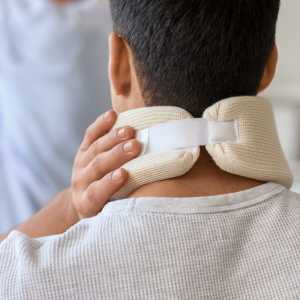
Cervical Spine Sprain and Strain Treatment
Treatment of Cervical Spine Sprain and Strain Cervical spine sprain and strain are common causes of neck pain. They can be painful and temporarily limit

Treatment of Cervical Spine Sprain and Strain Cervical spine sprain and strain are common causes of neck pain. They can be painful and temporarily limit
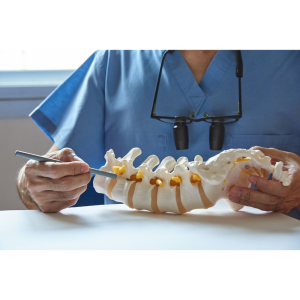
A spinal fracture refers to a break or damage to the spine’s vertebral bones. Fractures can occur in any part of the spine, but lumbar
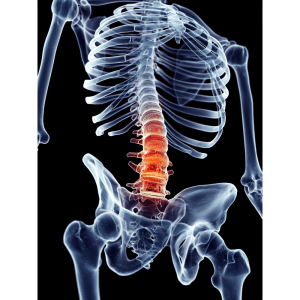
Treatment of Lumbar and Thoracic Spine Fracture Lumbar and thoracic spine fractures can be a severe and potentially life-changing injury, causing significant pain and limiting
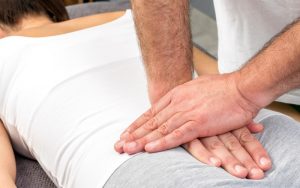
Dealing with pain is never an easy situation. And in the unfortunate situation when you are facing with Tailbone Pain (a.k.a. Coccydynia), it can be
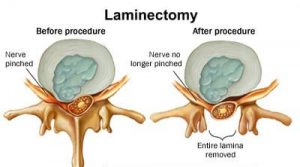
A laminectomy procedure on the lower back is one of the most common procedures to treat spinal stenosis, a narrowing of space around the spinal
Spinal stenosis is the result of the narrowing of free spaces in the spine. This will cause extra pressure to act onto the spinal cord
Stiff neck causes pain and discomfort when attempting to move your neck. It is often due to injury to the soft tissues and ligaments at
Epidural Steroid Injections (ESI) is commonly administered to patients suffering from lower back or leg pain. Lower back pain is due to the inflammation of
Our spine is composed entirely of bones called vertebrae and providing them with cushioning are small discs called the intervertebral discs. Over time, the intervertebral
Our musculoskeletal system consists of the bones, ligaments, tendons and many more that allows us to move around. Disorders to the musculoskeletal will affect our
An unfortunate accident occurred one day while you were playing contact sports and that left you with a knee injury. You know that you need
After seeing the wonders of Tiger Woods in the golfing world, many people are suddenly interested in the sport and it has seen a huge
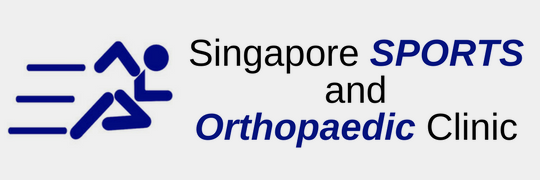
Our clinic offers same day appointment, X-ray/MRI facilities, Insurance filing services and amenities like pharmacy store & wheelchair accessibility.
© Singapore SPORTS and Orthopaedic Clinic

